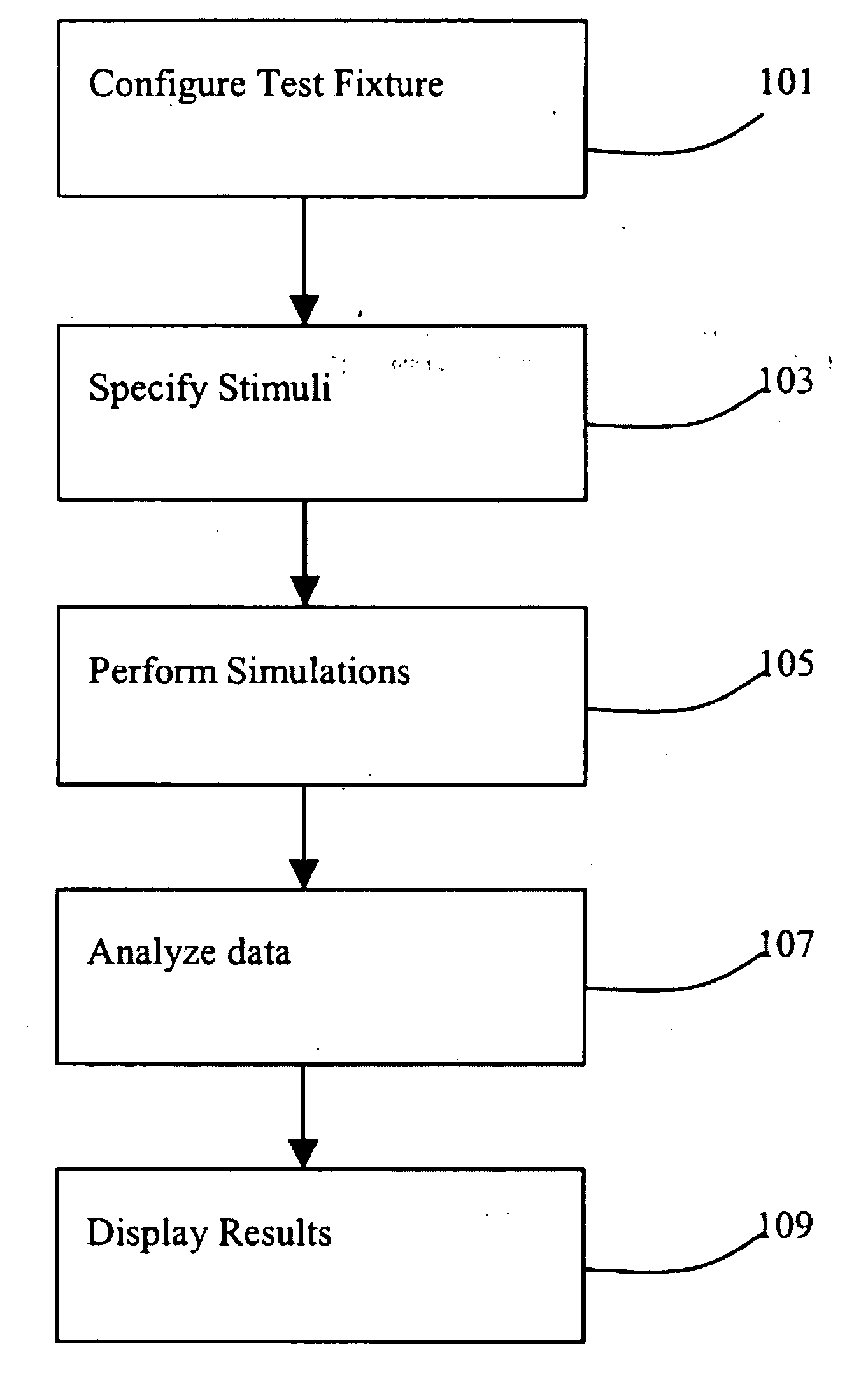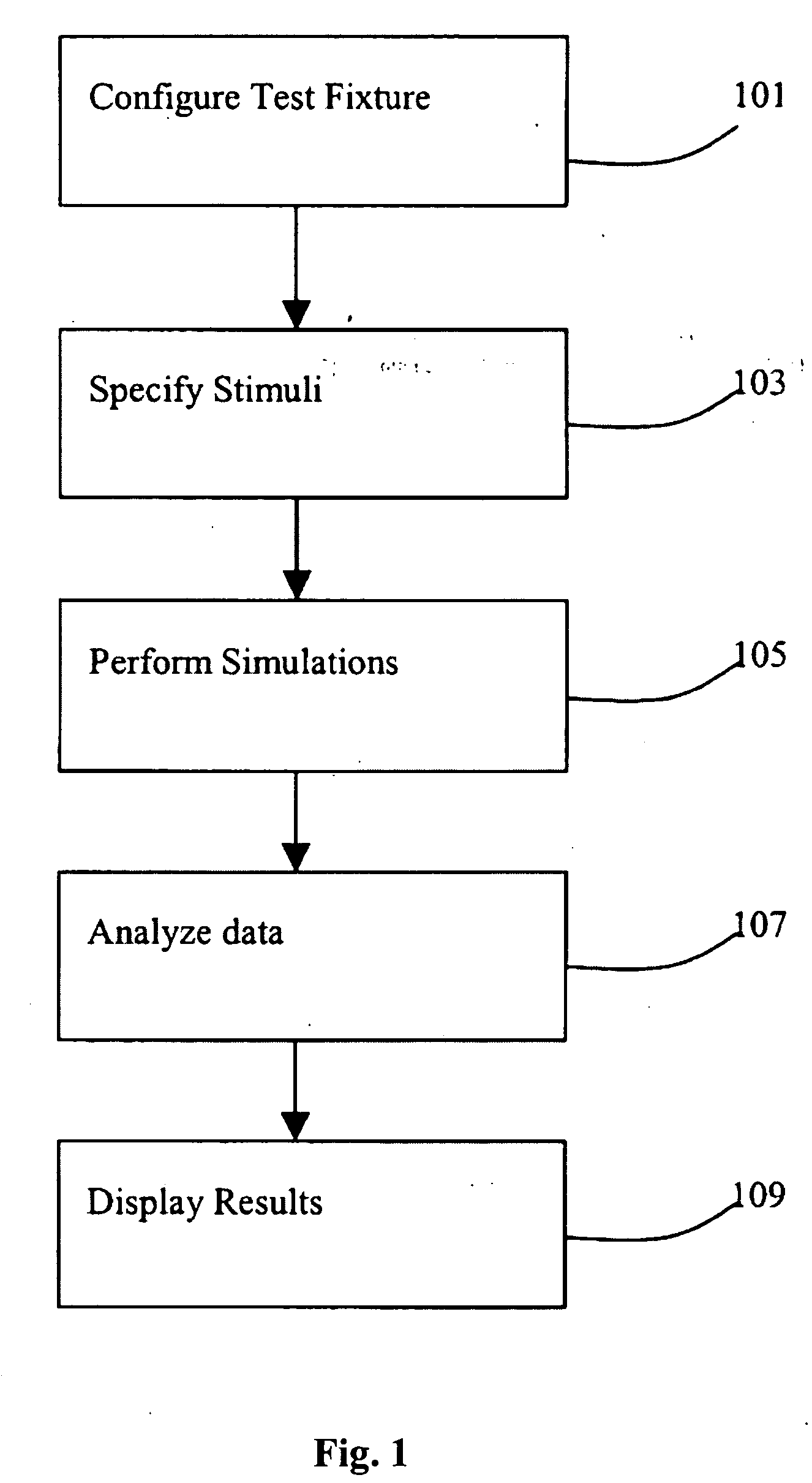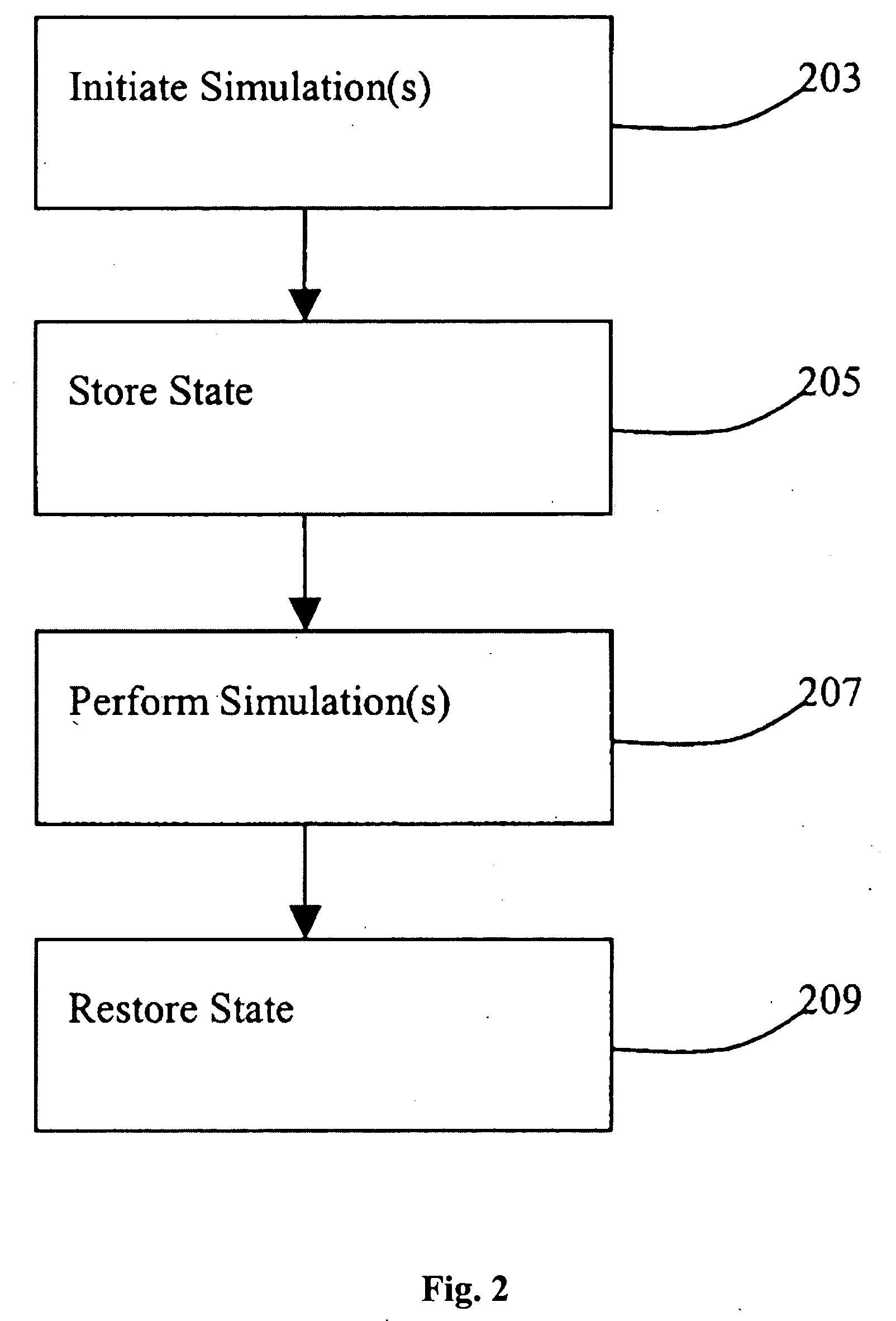Any tedious or repetitive actions required by the environment can distract the designer and therefore can result in a waste of the designer's time.
Simulation scripting languages are heavily used by some designers because they allow tedious repetitive tasks to be automated, thereby speeding up the simulation process.
However, despite the appeal of scripting languages, many designers do not use them.
This is a significant investment in time that many designers do not feel is justified.
The reason is that scripts, once written, tend to be applicable only in the specific situation they were written for, and while it is possible to make them more generic, it generally requires considerable effort and expertise.
Writing and keeping track of the many scripts needed can often result in more overhead than simply running the simulations interactively.
It is common for designers to follow a promising path for hours, only to determine that it is a dead end.
By this time, the designer may have lost track of all the changes made to the circuit and may have difficulty returning the circuit to its last good state.
This aspect of independence for a measurement is significant because a simulation function can change the state of the simulator, and therefore it can have side effects that interfere with other simulation functions.
Thus, this lack of independence between the simulation functions causes interference, thereby making the simulation activities more prone to error, confusing, and difficult to use.
In conventional
programming languages, this type of error may occur since a procedure may not be entirely independent from other procedures.
If a circuit parameter is implemented as a
global variable, then implementing this type of typical
programming language for circuit simulation may allow one procedure to detrimentally interfere with another procedure.
In many cases, running a simulation is a comparatively expensive activity.
When running simulations in the background, the controller continues to process command input but provides only
limited access to the running simulations and no running summary of the simulator progress.
Thus, it is not possible for one iteration to use the result of another.
With current products, designers must remember every change and attempt to manually back them out--this approach is fraught with dangers, since a designer may not be able to remember or to recreate an earlier version of the design.
An example of a possible error that may occur is if one does not use the right small
signal gain.
Re-executing the entire simulation to reproduce a
result set can be inefficient and wasteful of resources.
Moreover, the prior approaches to compute the scalar
result set are cumbersome to implement.
In addition, the calculation function may not make all the necessary information readily available or accessible.
First, generating markers becomes effortless for the end-user and for the author of the measurement.
A point-at-a-time approach used here would not normally provide competitive performance.
However, while a particular shared measurement might do what the
user needs, it may not provide an optimum interface.
It may use a cumbersome set of parameters or may not produce the exact form of the desired result.
Modifying the measurement to suit the user's needs may be problematic.
If the user were to modify the measurement to be nonstandard, extensive support and maintenance for the measurement may be required at additional expense and effort, e.g., if updated versions of the measurement is released, then the later release would also have to be modified.
Also, such modifications could be intimidating for some users if the measurements are complex or subtle.
However, passing nodes is restrictive in that it cannot support other types of observations, e.g., current.
But this may constrain the measurement.
 Login to View More
Login to View More  Login to View More
Login to View More 


